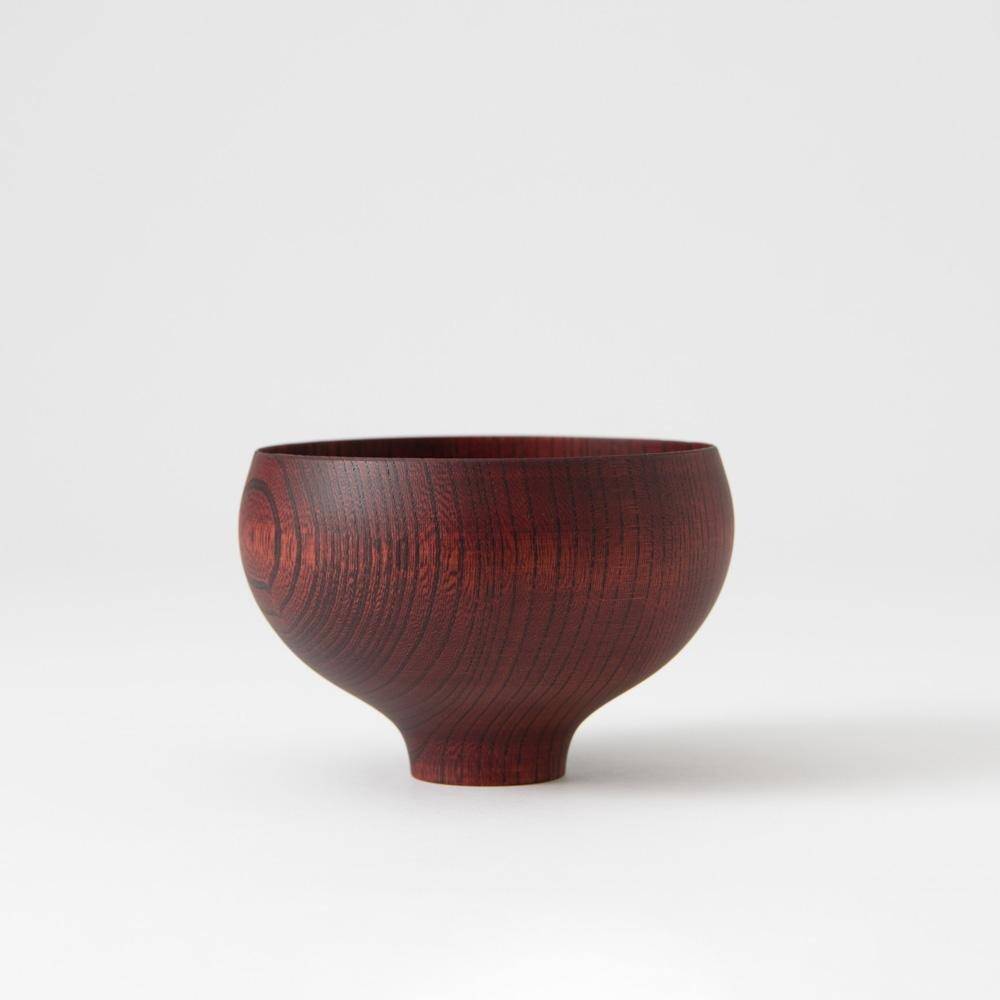
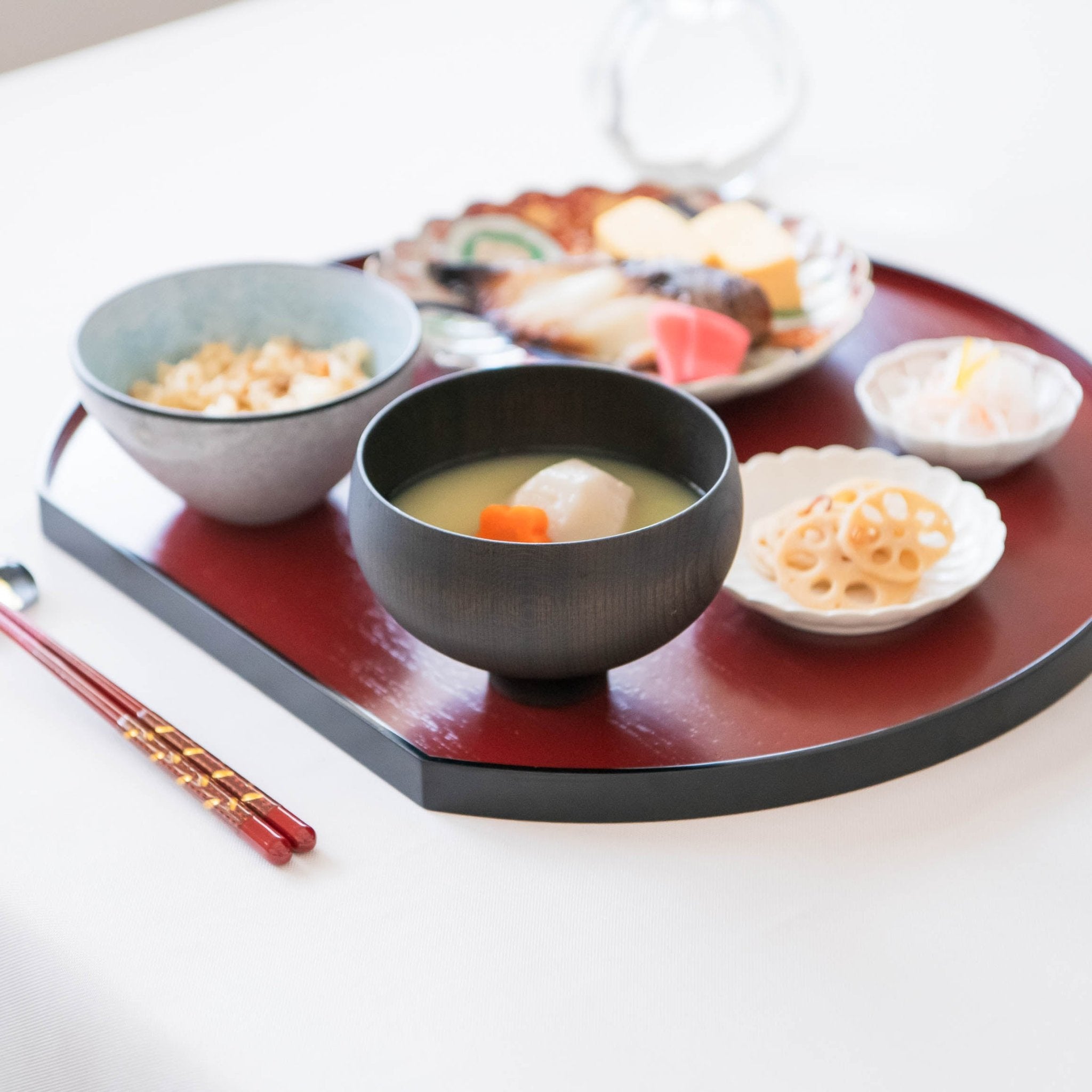
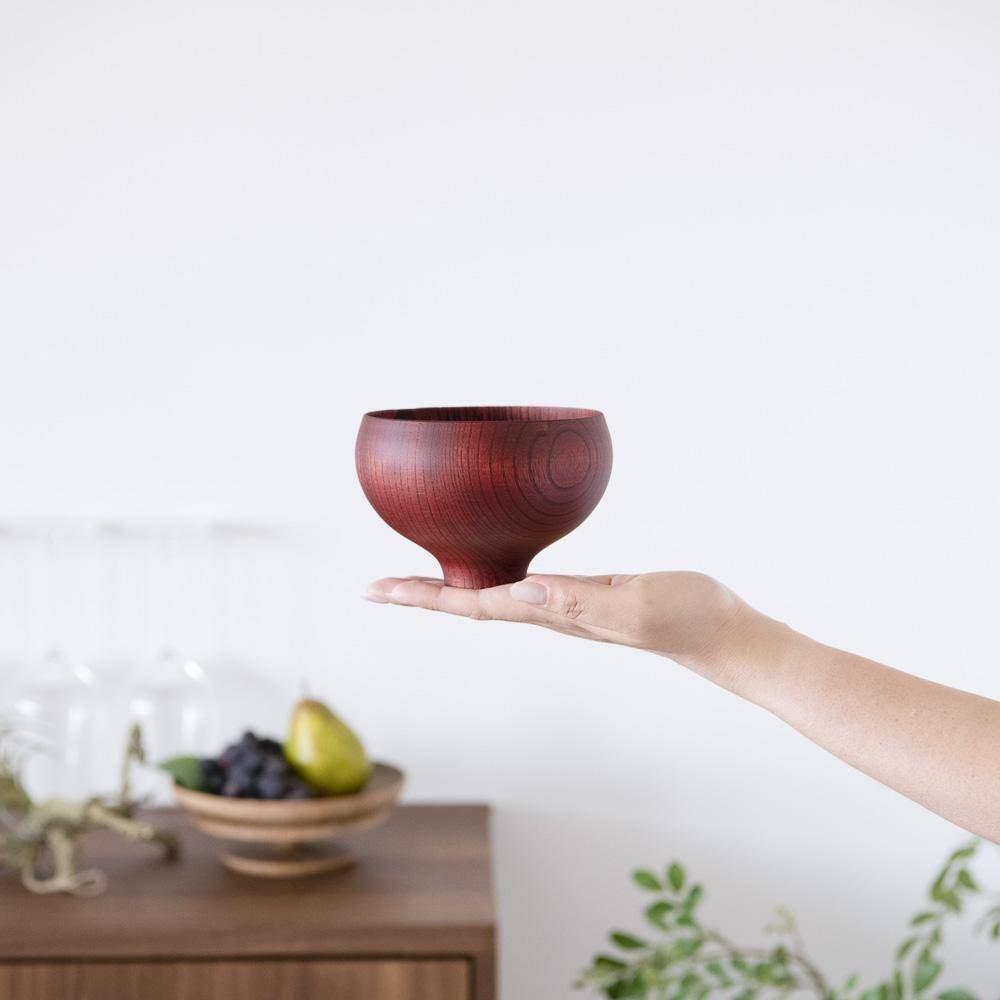
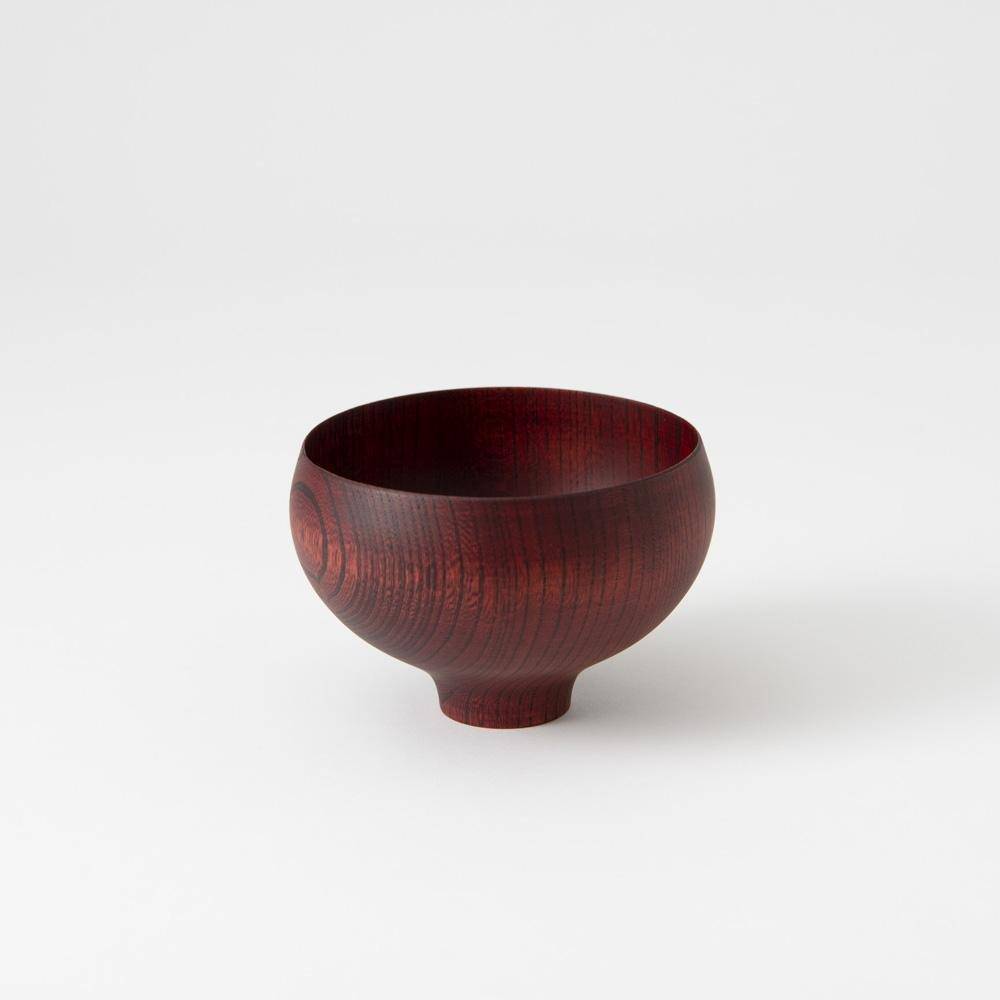
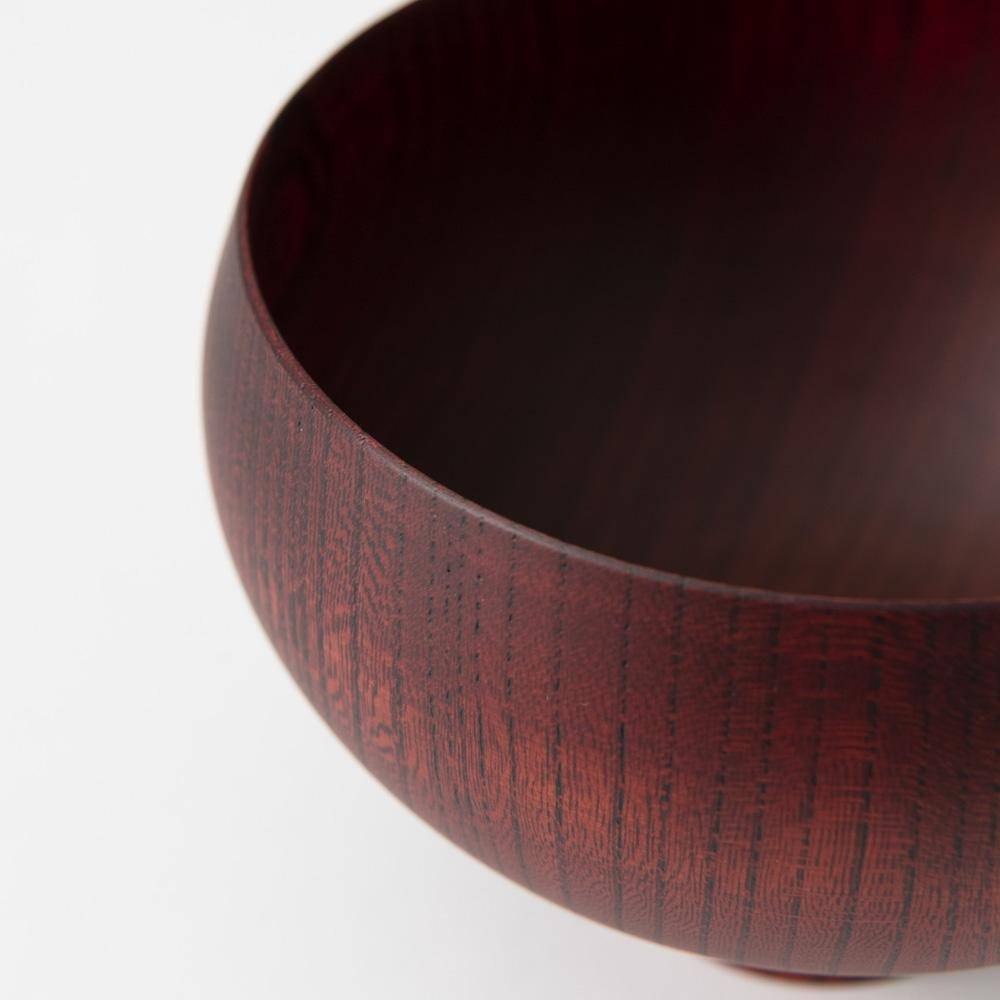
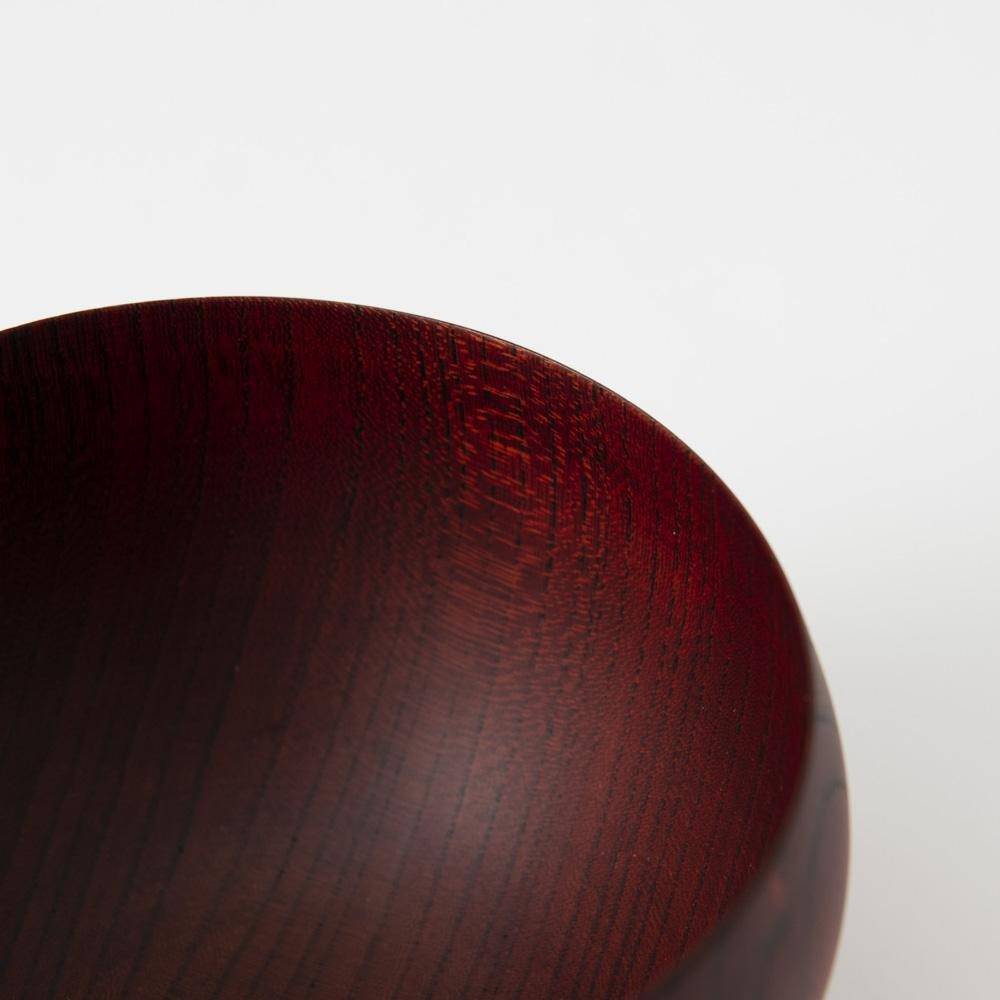
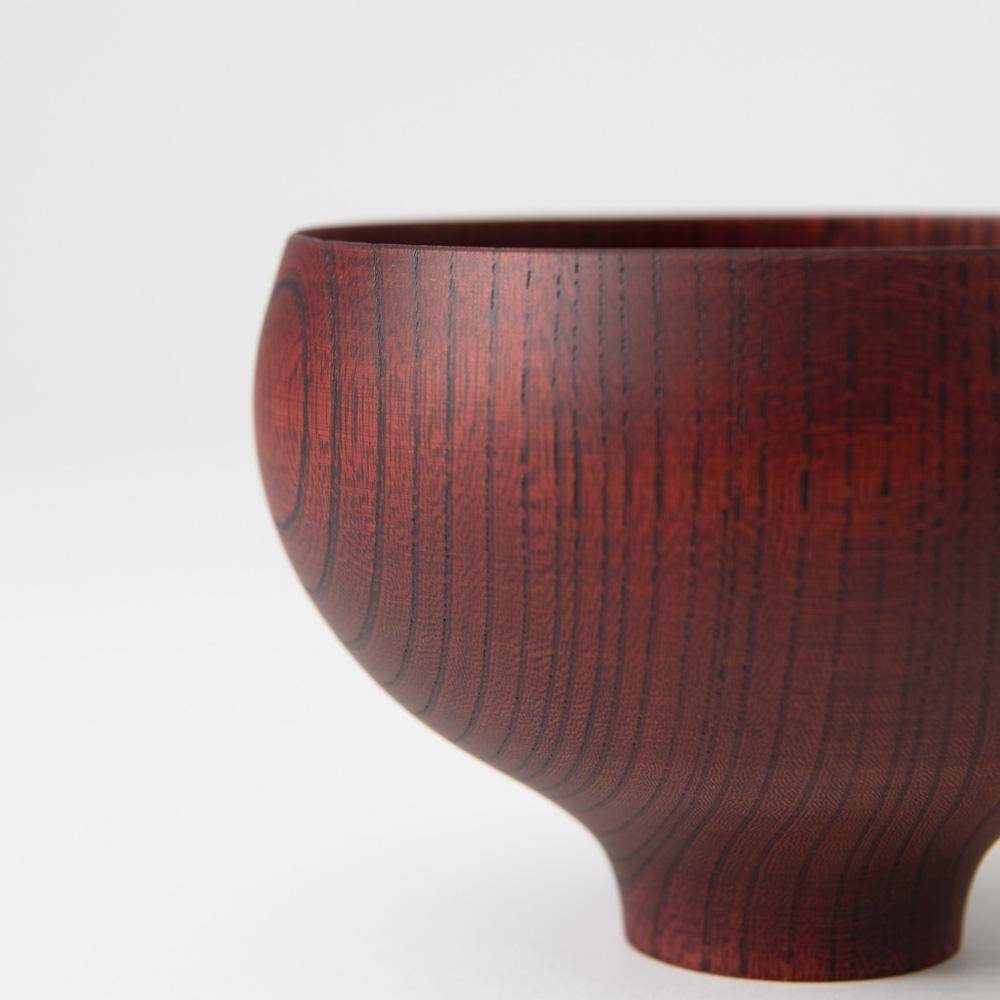
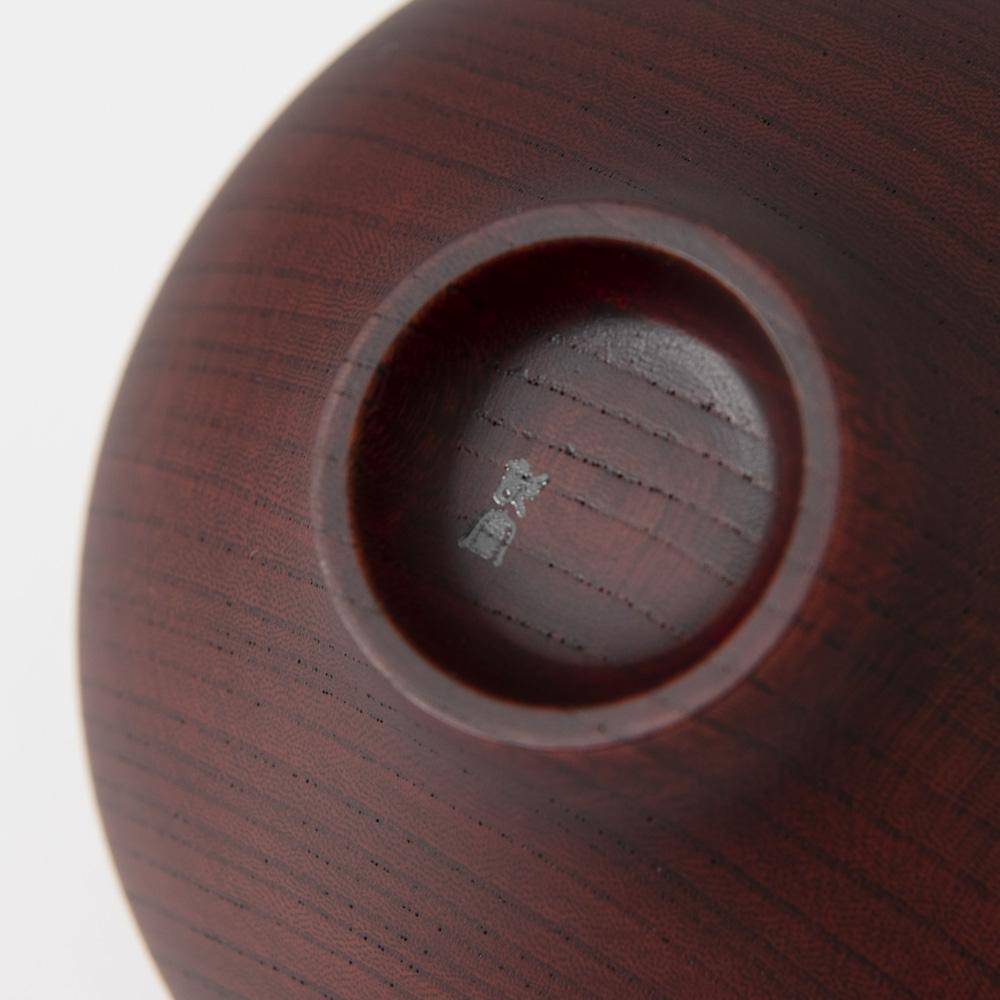
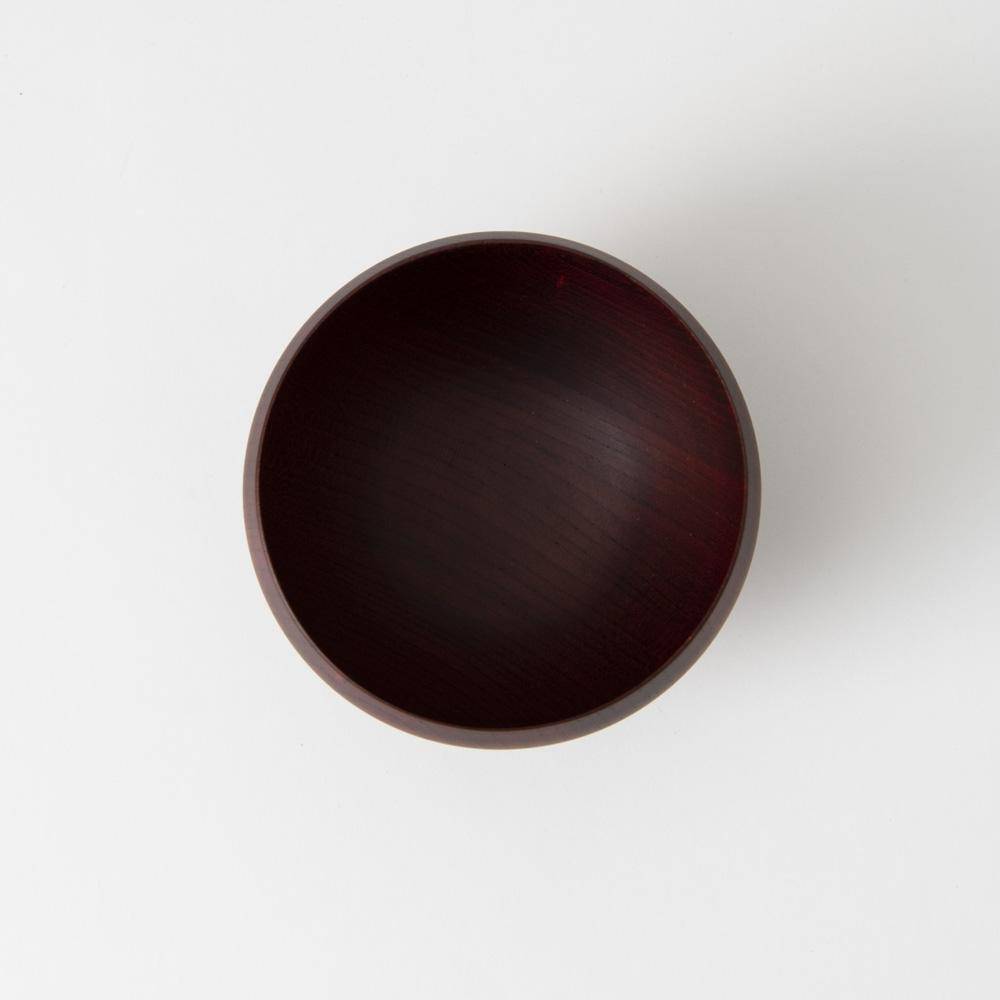
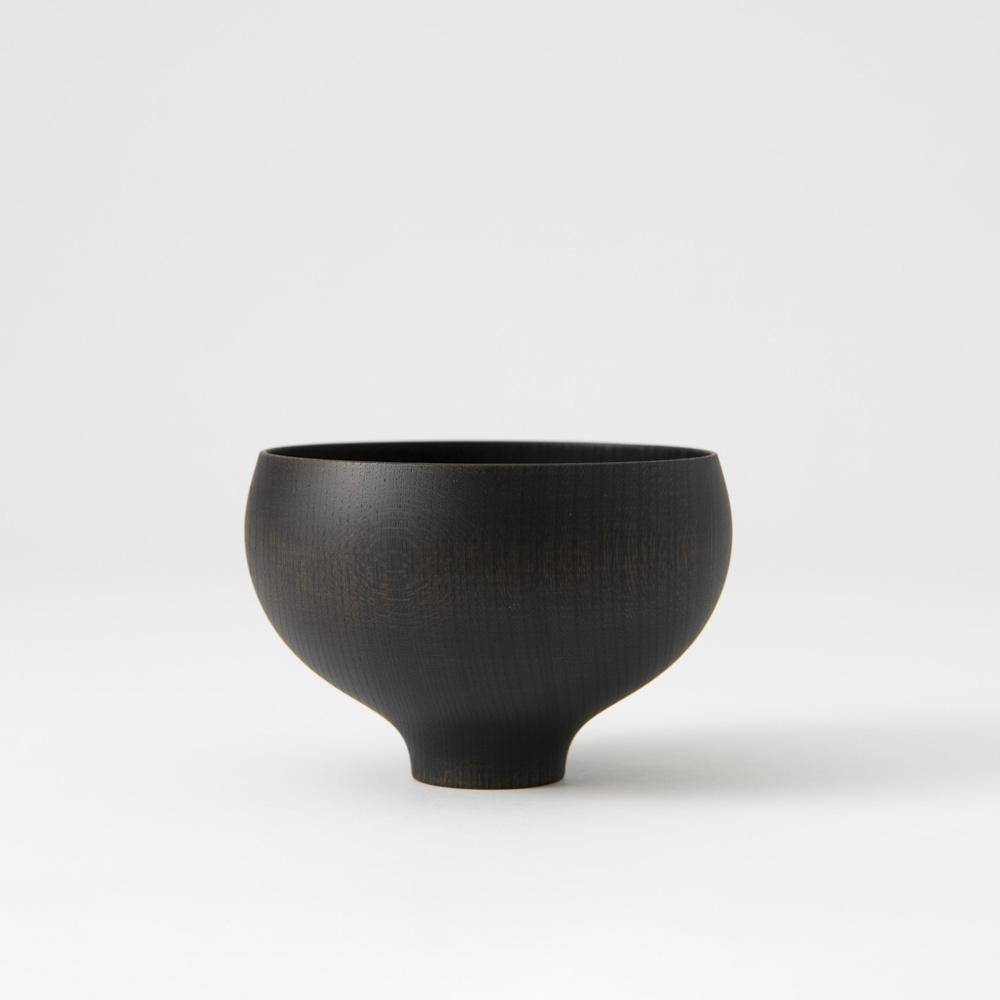
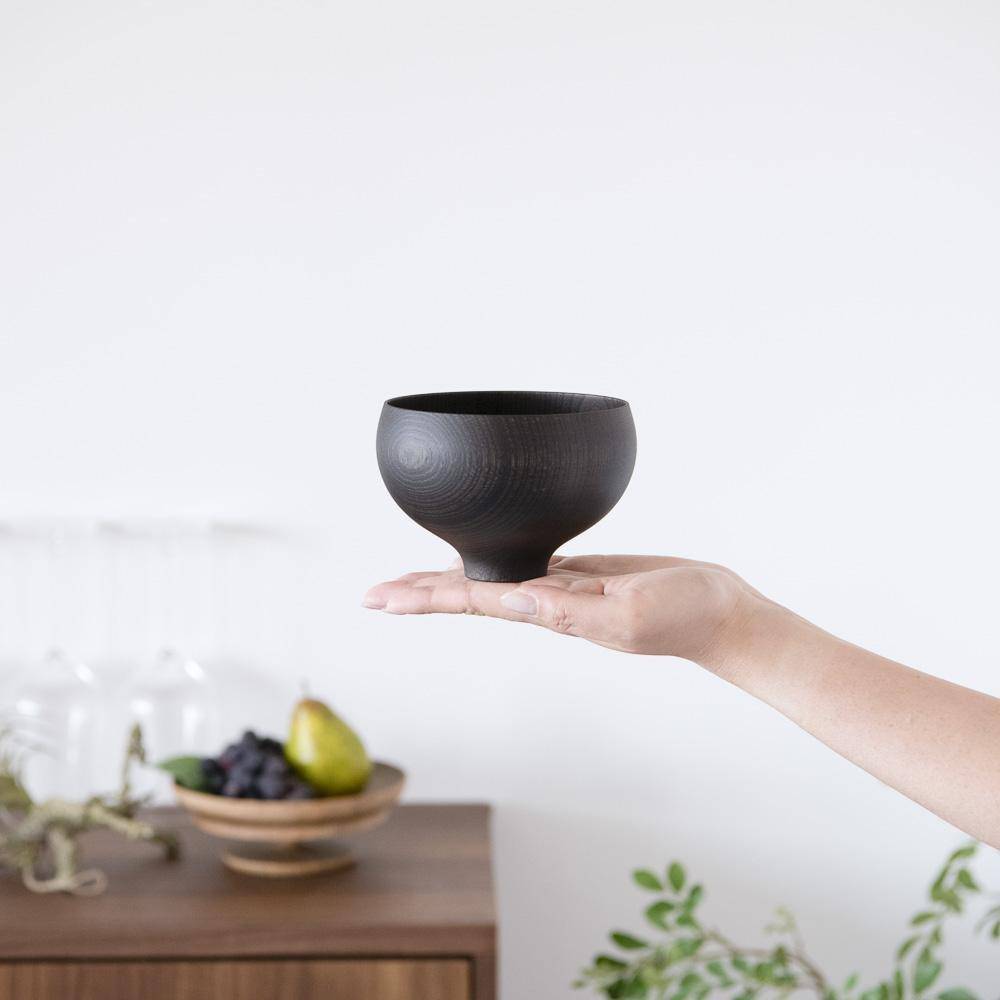
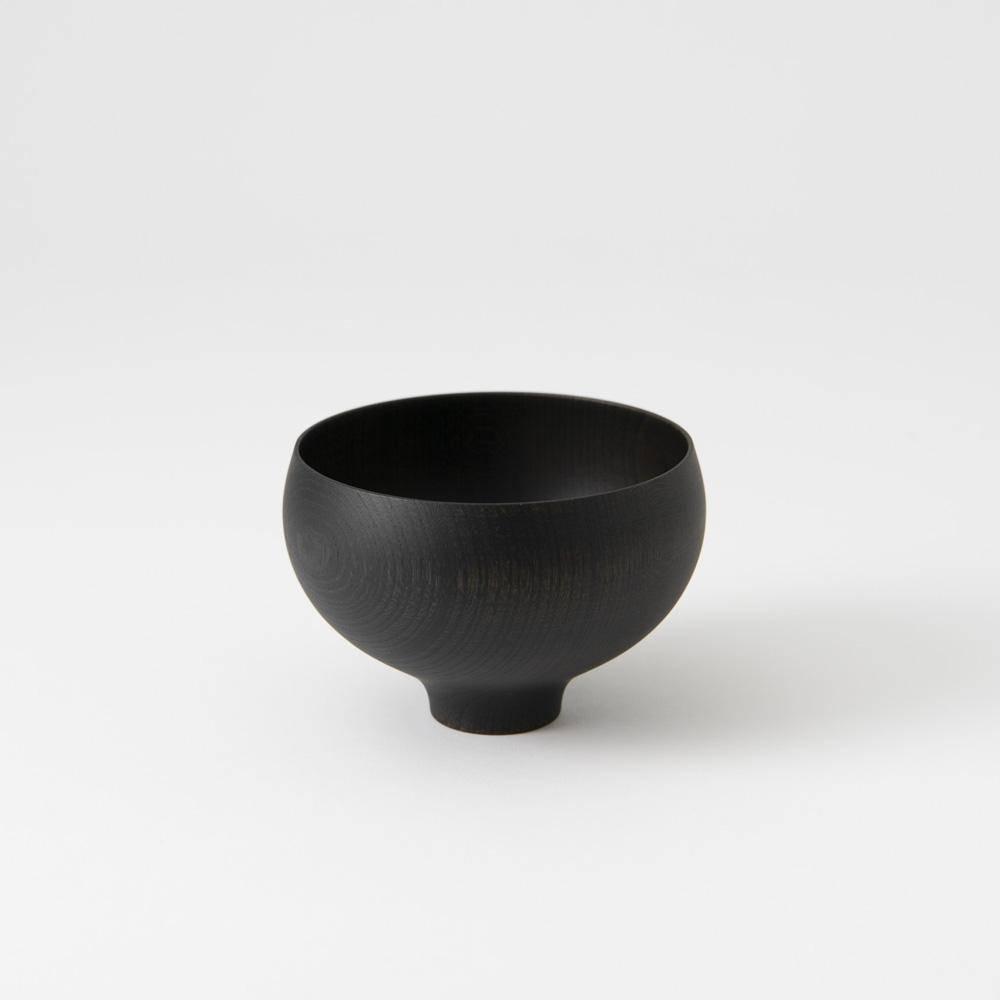
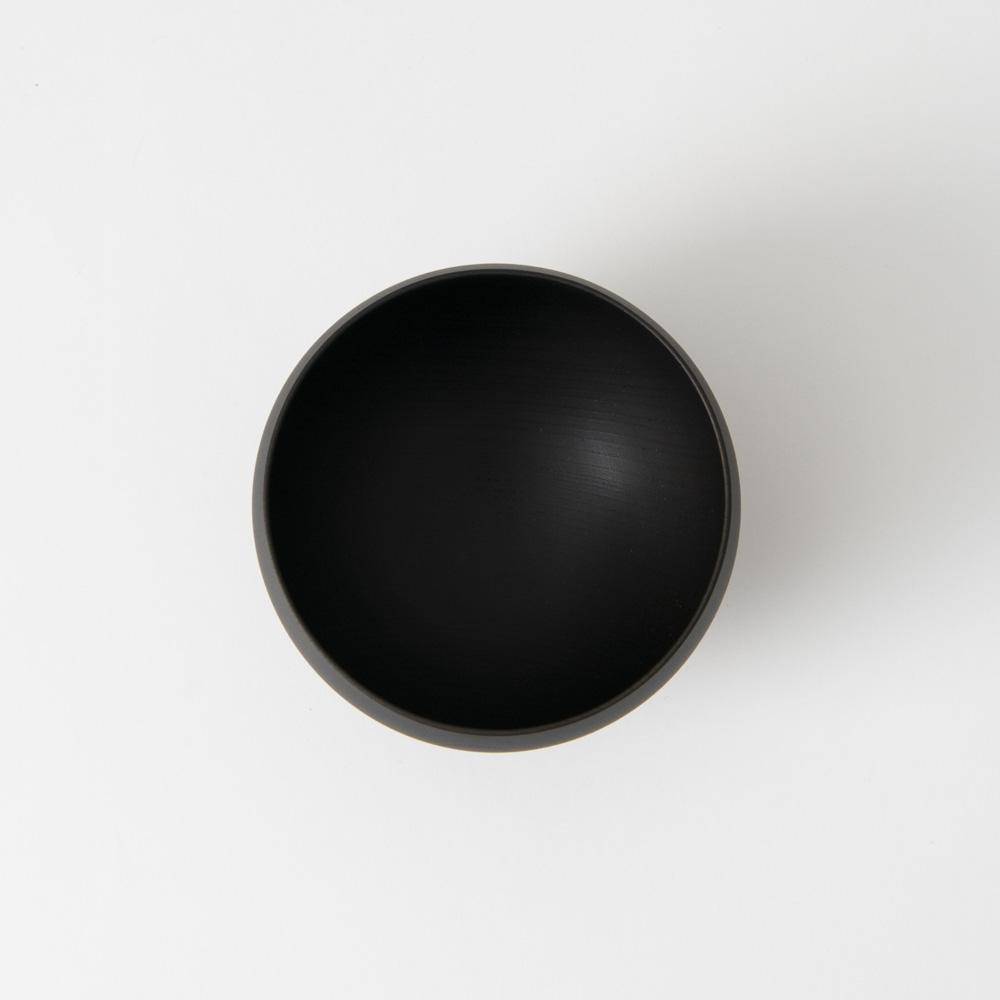
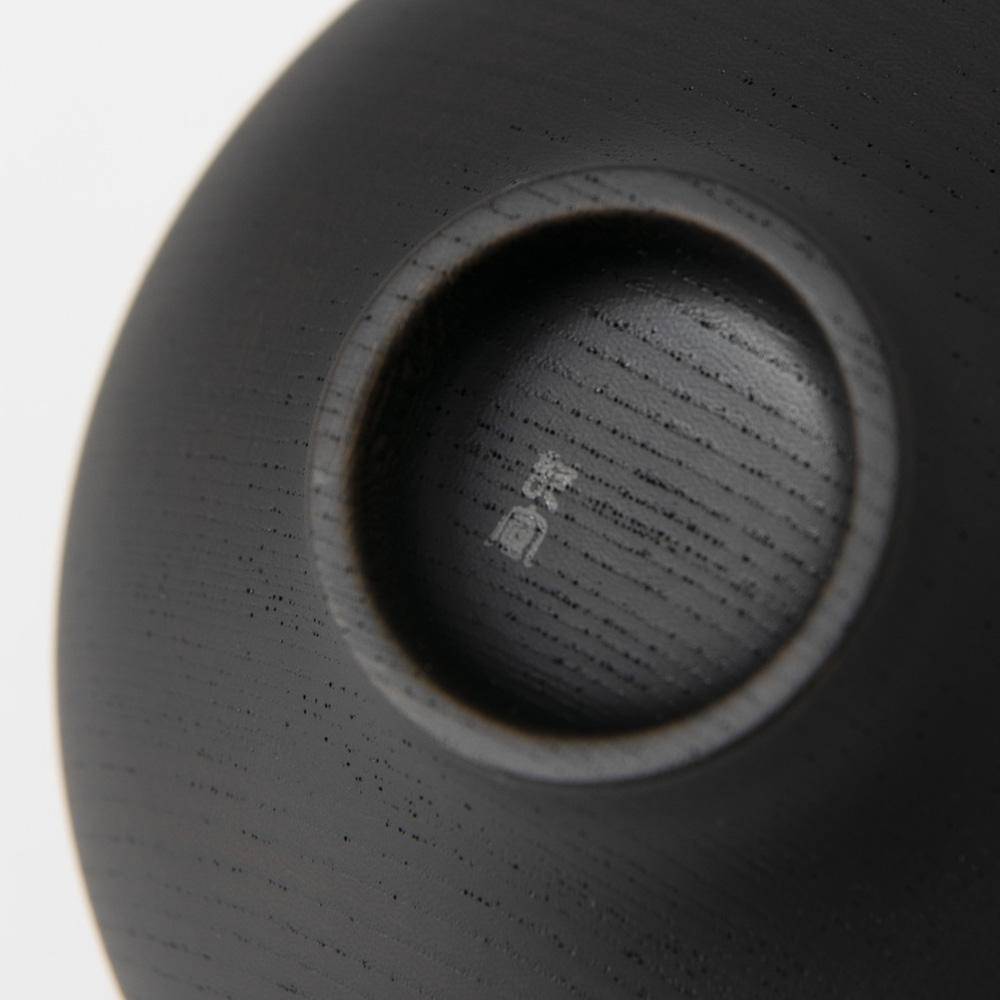
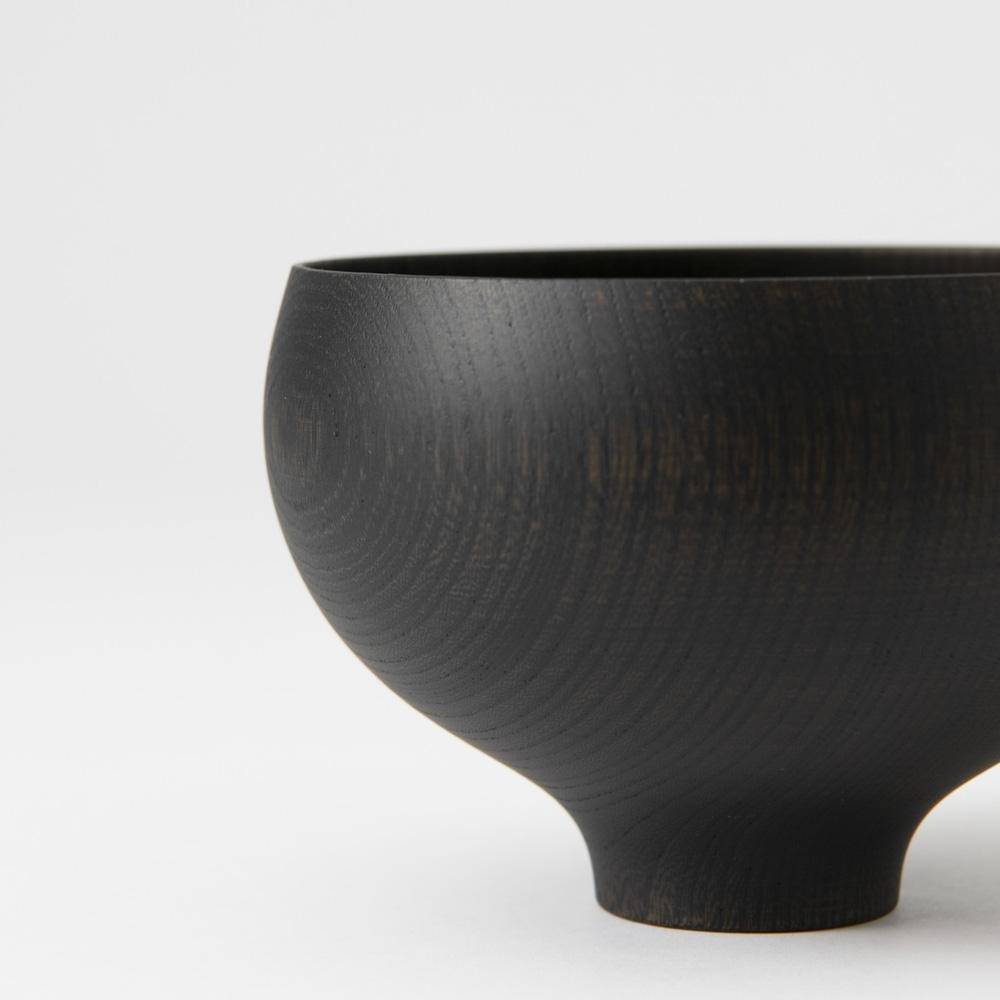
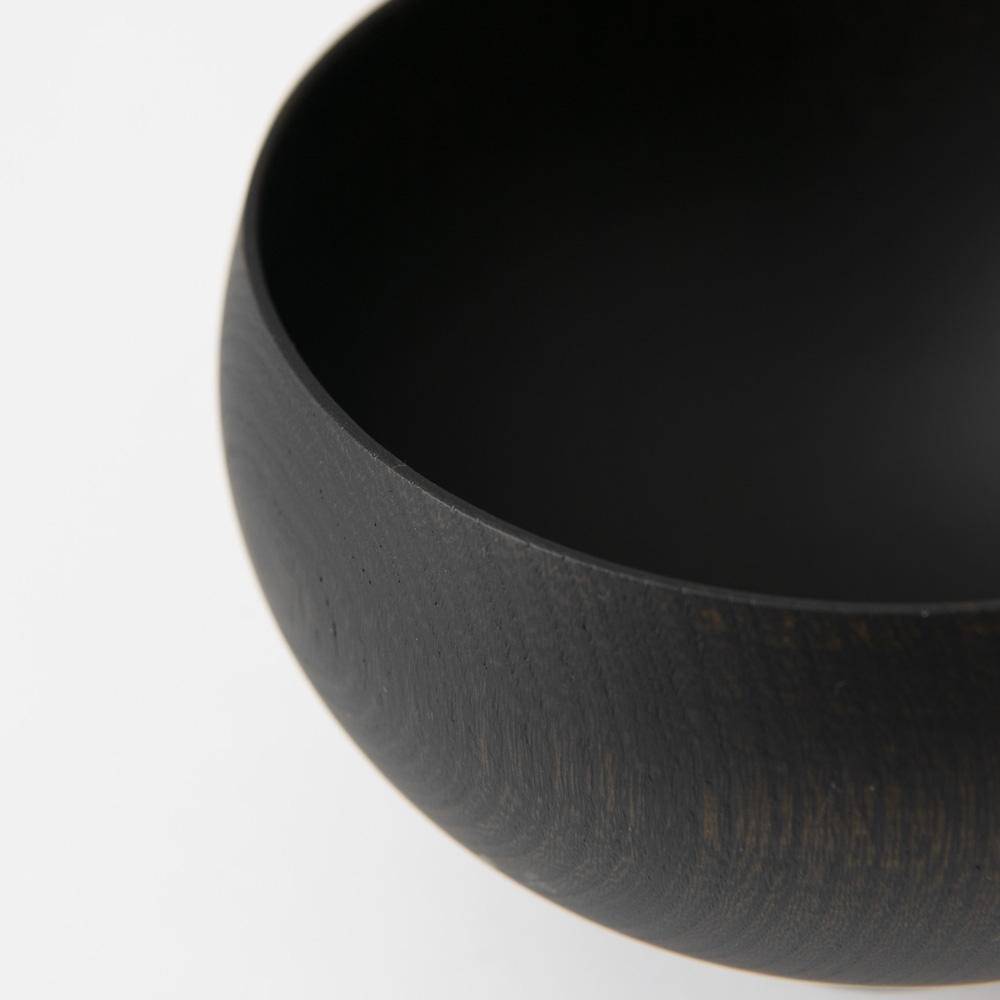
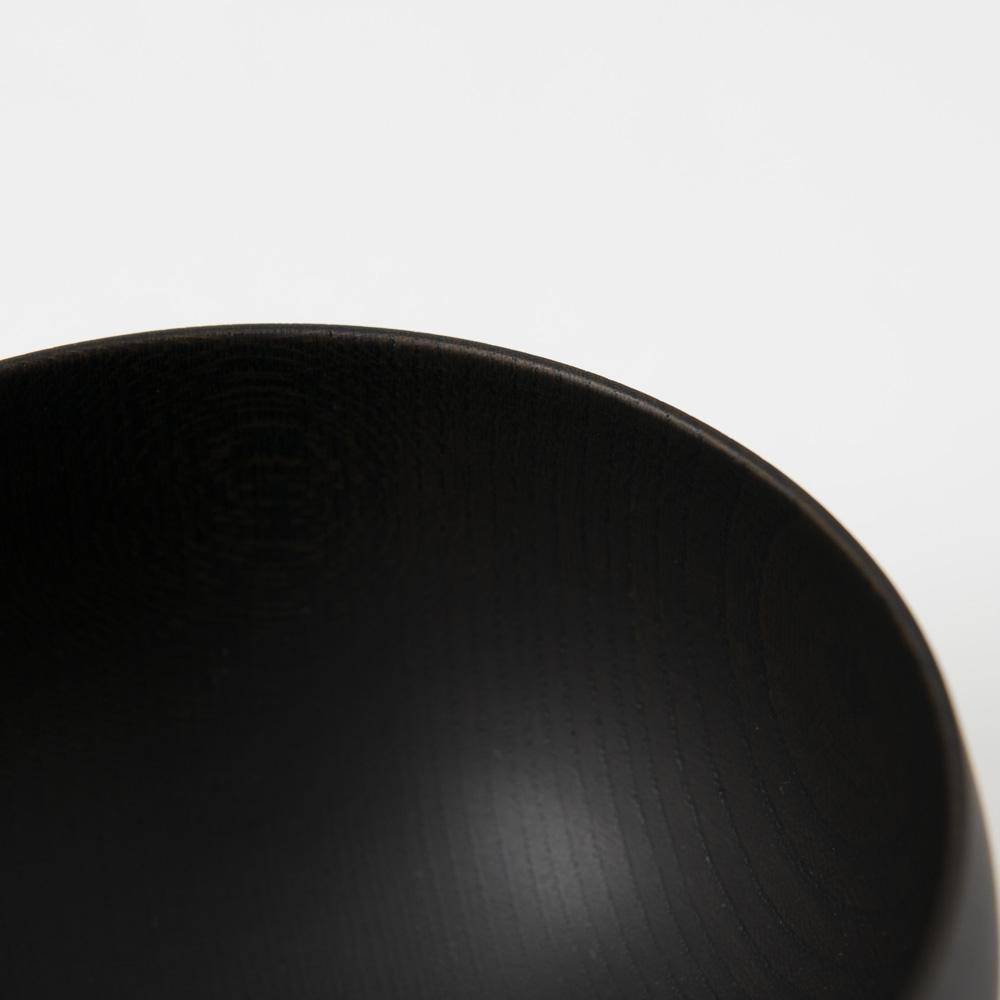
AEKA Round-shaped Miso Soup Bowl
Estimated Shipping Widget will be displayed here!
The name AEKA is an archaic word meaning "delicate and ephemeral." As its name suggests, this bowl is elegantly sculpted, combining beauty with practicality for daily use.
It is large enough to serve a generous portion of rice or miso soup.
Crafted from zelkova wood, known for its moderate hardness and beautiful grain, this material is a staple in Japanese daily life.
All GATOMIKIO products are made using the traditional woodturning technique called kijibiki, where logs are expertly carved into products while rotating on a lathe.
DETAILS
| Quantity | 1 |
| Size | D 12.3 cm (4.8 in) x H 8 cm (3.1 in) |
| Capacity | 220 ml (7.4 fl oz) |
| Weight | 74g (2.6oz) |
| Material | Wood |
| Microwave | No |
| Dishwasher | No |
Maker / Brand
GATOMIKIO is a brand name of company GATO MIKIO SHOUTEN, a specialist in Japanese woodworking techniques. They are especially skilled in bringing out the beauty that only natural wood grain can have. Their concentric-circle carving results in striking silhouettes.
Never compromising on quality of materials, precision of wood turning, or clarity of lacquer, GATOMIKIO creates pieces that are at once elegant, long-lasting, and functional.
GATO MIKIO SHOUTEN was originally founded as Gato Sawmill in 1908 in Yamanaka Onsen, a town famous for wood turning. Following the spirit of the original wood turners, they continue to aspire to woodworking perfection, with pieces completed individually by craftspeople.

Crafts
Yamanaka lacquerware, also known as Yamanaka Shikki, is a kind of lacquerware produced in the Yamanaka Onsen district of Kaga, Ishikawa Prefecture. This lacquerware is unique in that it blends wood grain's natural elegance with the elegant maki-e technique of sprinkling gold, silver, or other colored powder onto a lacquer painting.
With its beautiful wood texture, delicate and robust Yamanaka lacquerware incorporates a modern sense of design while inheriting a tradition that has lasted for 400 years.
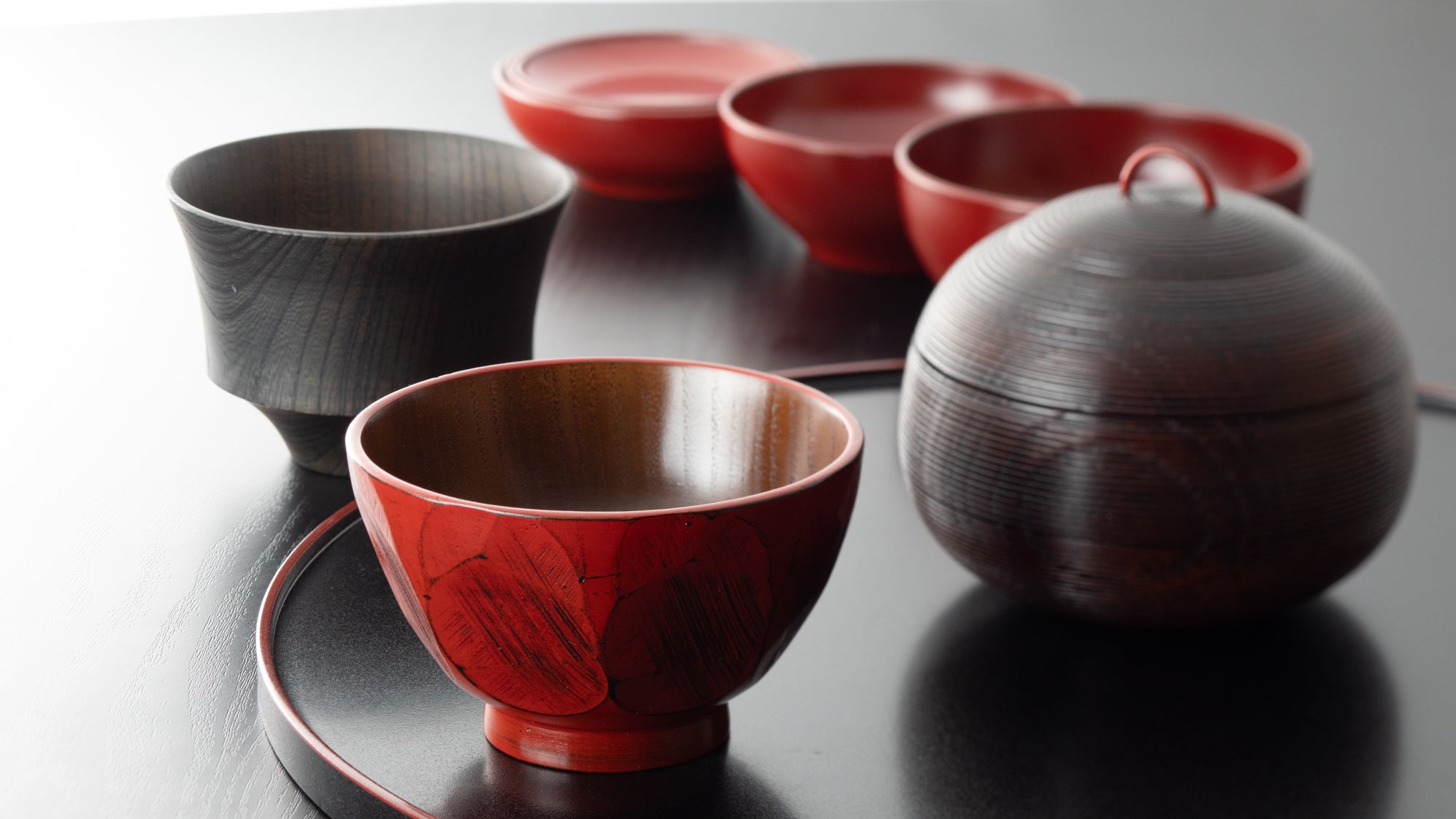
How to Care
Choose options

















Estimated Shipping Widget will be displayed here!
Soup Bowls
Japanese soup bowls, sized to rest comfortably in your hand, can be sipped from directly or paired with chopsticks or spoons. Whether enjoying hearty miso soup or delicate Japanese clear soup, the warm, nutritious broth aids digestion and enriches your meal. Choose from materials like wood or porcelain to curate the perfect atmosphere at your table.


